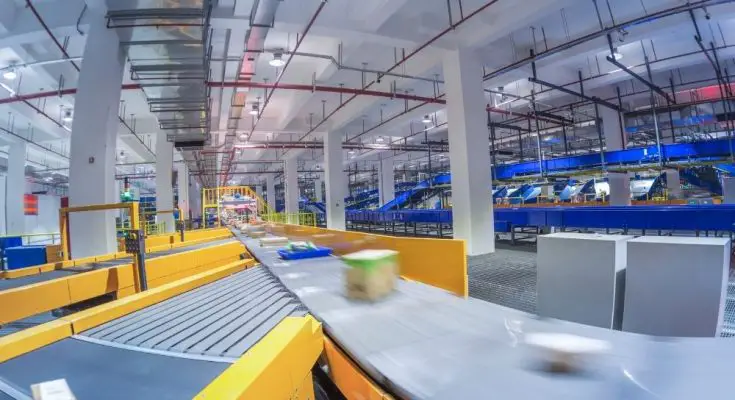Do you work with conveyor belts each day? If so, then you know they can be a headache at times. Regardless of what type of conveyor belt you use, each has its struggles. In fact, it can seem like belts slip, blockages happen, and other time-consuming issues pop up with little notice.
You may not know about these common mishaps if you’re new to conveyor belts. Yet, it’s imperative to understand what can go wrong so that you can prevent problems. If you want to ensure a smooth performance for your conveyor belt, then you’re in the right place. Here are the top causes of common conveyor belt issues.
Blockages
Nothing will bring your operation to a halt like a blockage. The whole purpose of a conveyor belt is to keep your materials moving efficiently. A jam prevents that.
A bad blockage can mean hundreds of dollars lost in production. That’s even worse if the backup was preventable.
That’s why you should stay diligent in preventing blockages wherever you can. Inspect your conveyor belt for sharp corners or edges that stick out. Try to find anything you think could snag an item and create a blockage.
Belt Slips
A conveyor belt needs a perfect tension balance to lay flat and stay moving. You may have experienced the belt slip issue if you have a treadmill at home. If there’s too little or too much tension, then the belt will begin to slip around.
A slip could be due to low temperatures, an overweight load, or pulley problems. Try to make sure that you regularly inspect your pulley and never overload your belt. This is especially something to look out for when using a general-purpose conveyor belt material like rubber.
Belts Mistracking
Your conveyor belt also requires precise alignment. Tracking refers to keeping your conveyor belt on the proper path. That ensures smooth operation for your conveyor belt. Whenever this alignment is off, mistracking occurs. Like the other issues, this will bring your process down for a while. Here’s what you need to do to troubleshoot it:
- Make sure the belt is clean.
- Make sure your belt isn’t crooked due to a manufacturing defect.
- Look for debris that’s stuck in your pulleys.
- Inspect your frame from end to end to ensure it’s not crooked.
Rollers Seizing
It helps to keep a close eye on your rollers, too. Since they’re made of steel, they get sharp when they seize up. If your rollers seize, you’ll see negative repercussions throughout the entire system.
Closing Takeaways
As you can see, running a conveyor belt means keeping up with regular inspections. There are lots of components that can malfunction on your conveyor belt. So, it’s crucial to keep up with your maintenance if you want to avoid these top causes of common conveyor belt issues. Check for sharp edges, ensure proper alignment, and keep the entire unit clean.



